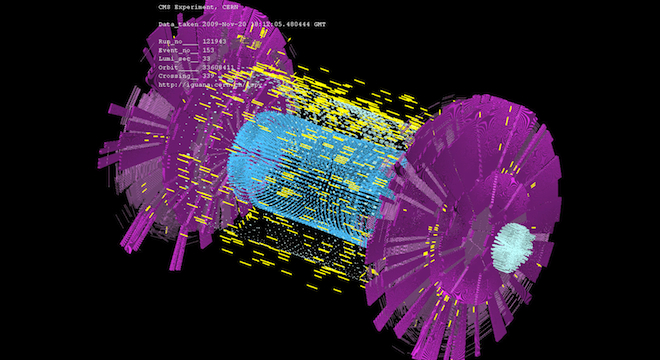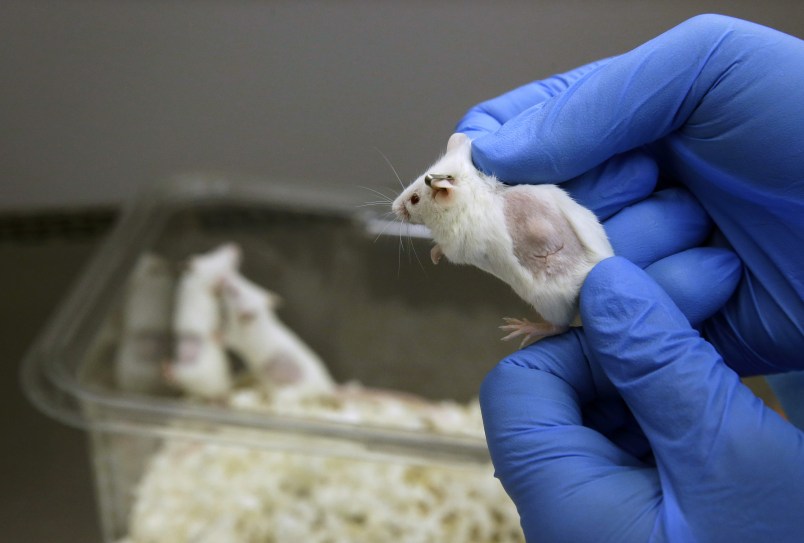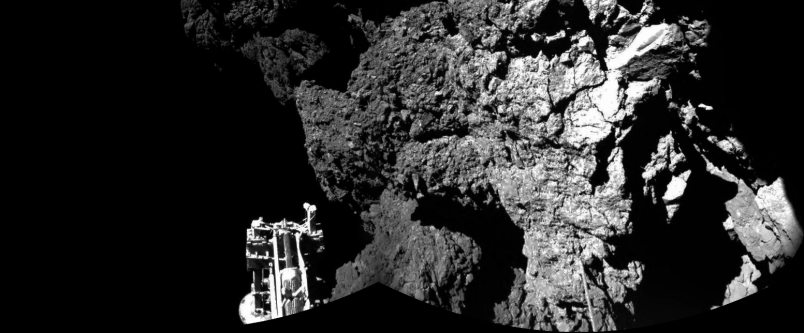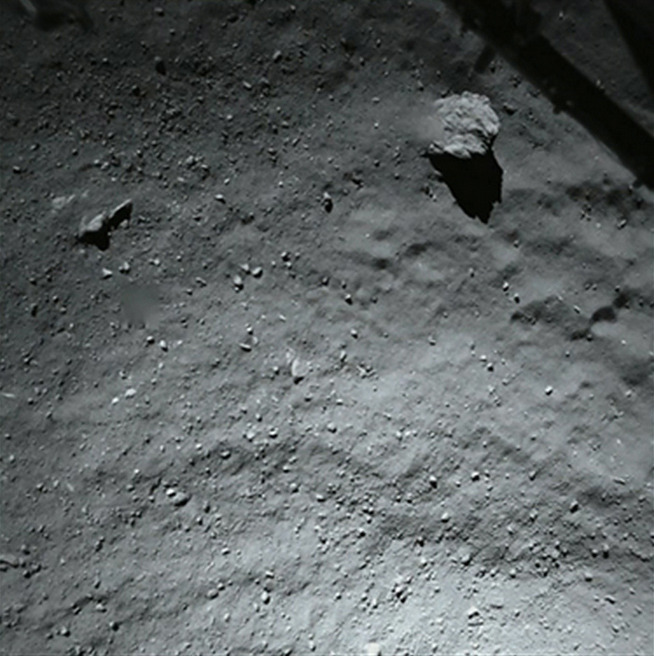The Large Hadron Collider (LHC), the world’s largest and most powerful particle accelerator, has completed its first three years worth of proton runs and won’t be doing any more until 2015, according to an announcement Monday from the European Organization for Nuclear Research (CERN), the scientific body in charge of the device.
The first three-years of the LHC’s proton-on-proton beam collision experiments — in which two, ultra high-energy beams of the positively-charged particles are shot around the 17-mile-long circular particle accelerator tunnel underground, near Geneva, Switzerland, at nearly the speed of light — produced such important scientific finds as a particle thought to be the Higgs boson (the “God particle”), and another new, ultra-rare particle, amid countless other scientific data.
“The LHC’s performance has exceeded all expectations over the last three years,” said Steve Myers, CERN’s Director for Accelerators and Technology, in a press release on Monday.
The final proton beam of the planned first three-year-long run concluded with the LHC posting the message from its computers: “So long and thanks for all the fish,” a quote from the seminal fourth novel in the sci-fi series “Hitchhiker’s Guide to The Galaxy” series. Here’s a screenshot of what that looked like for scientists at CERN:

All in all, in the three-year stretch, the LHC ran 6 quadrillion (“6 million billion”) collisions of the two proton beams, which resulted in 5 billion collisions of interest, according to CERN.
But now the LHC is entering its winter shutdown period of maintenance. When it boots back up in early 2013, it will be colliding two different beams of particles — protons with lead-ions, the first collisions of which began in September, through until the end of 2014.
When the LHC restarts again in 2015, it will switch back to proton-proton collisions.
However, before its shutdown period this time around, CERN was happy to report on Monday that it managed to increase the intensity of its proton-proton beams. CERN did this by taking the beams, which contain bunches consisting of over a hundred billion particles, and decreasing the space between the bunches by half. This decrease allows each beam to carry double the number of bunches. As CERN explained:
“Halving the bunch spacing allows the number of bunches in the beam to be doubled. A record number of 2748 bunches was recorded in each beam last weekend, almost twice as many as the maximum reached previously in 2012…”
When CERN restarts the proton-proton collisions in 2015, it will also increase the beam luminosity and intensity again.









